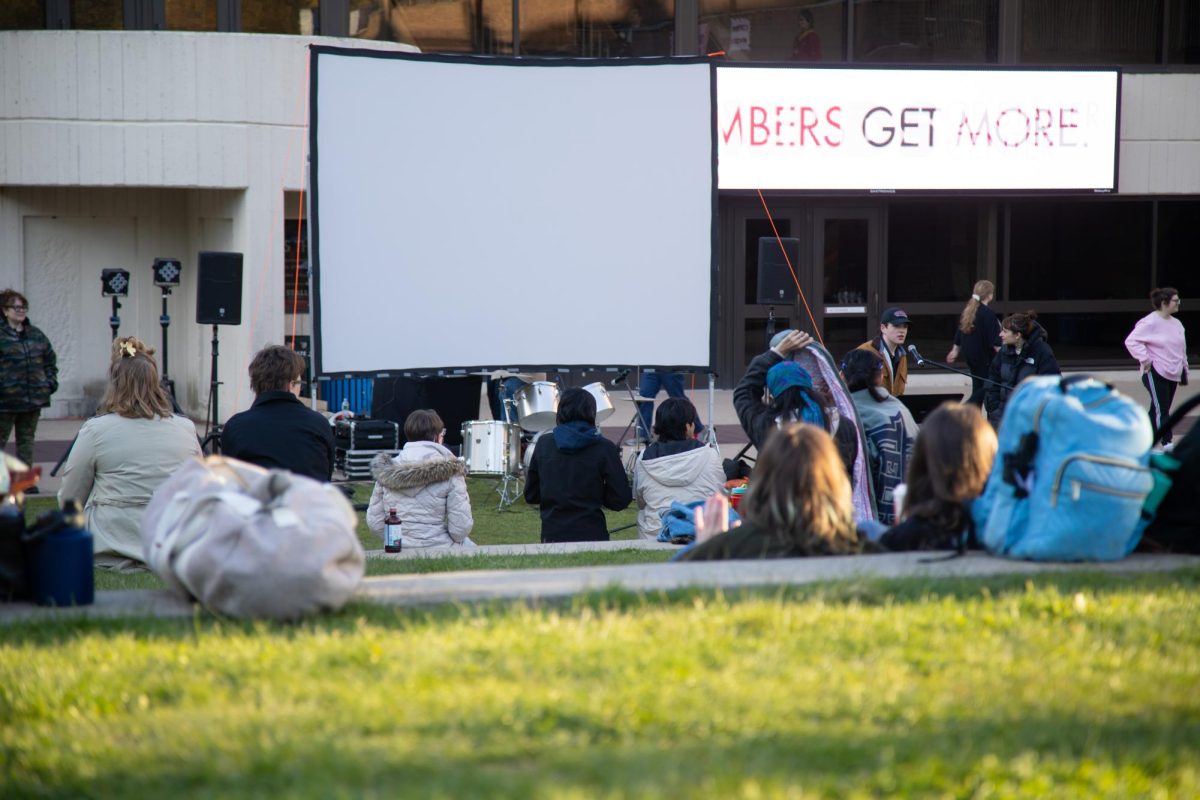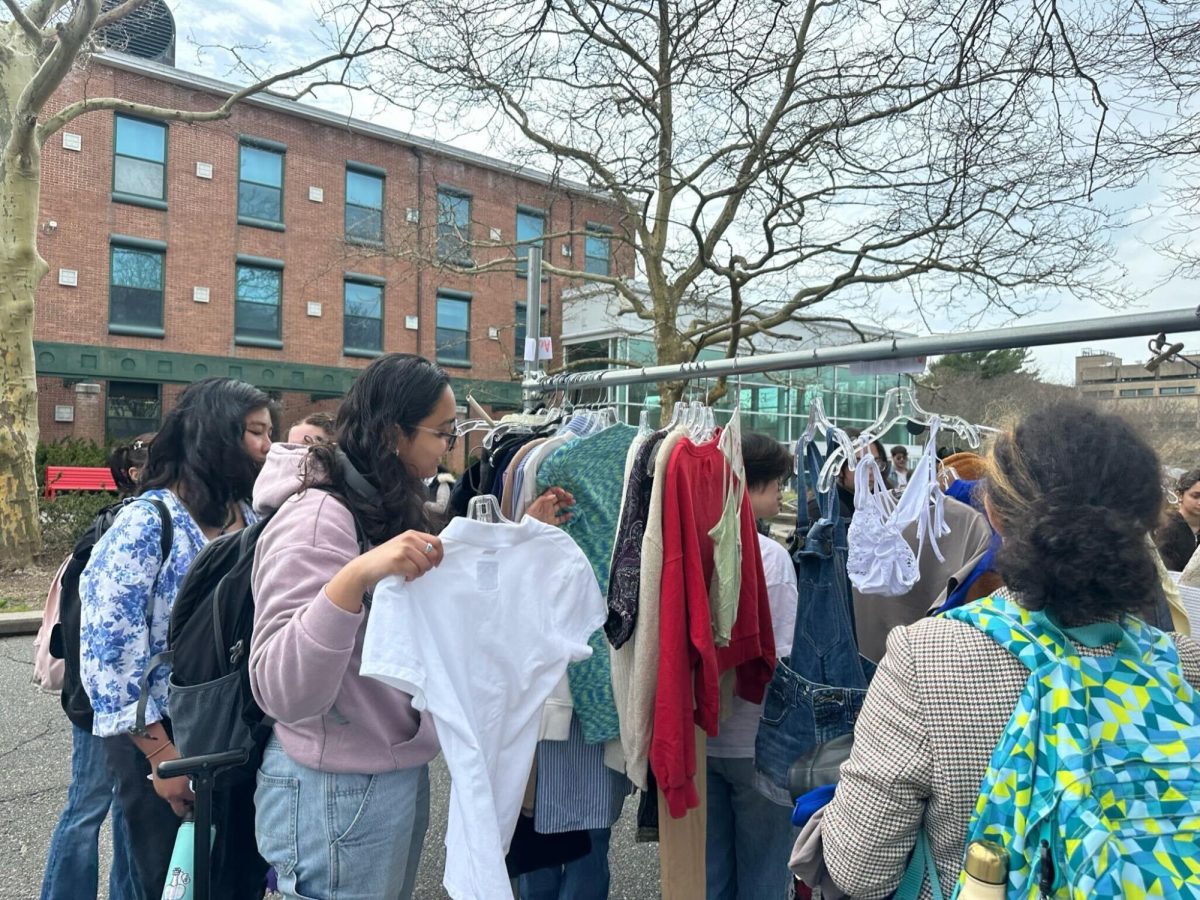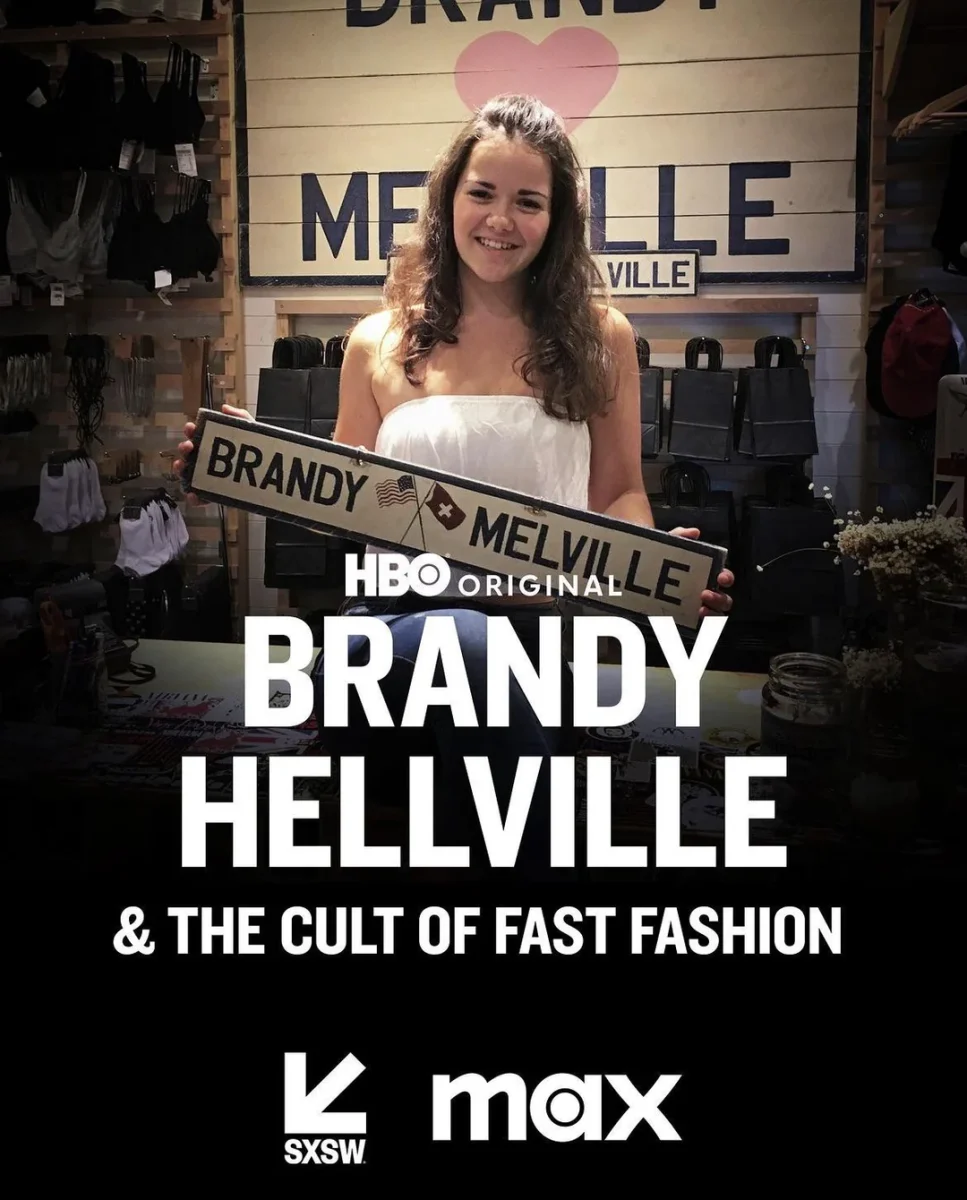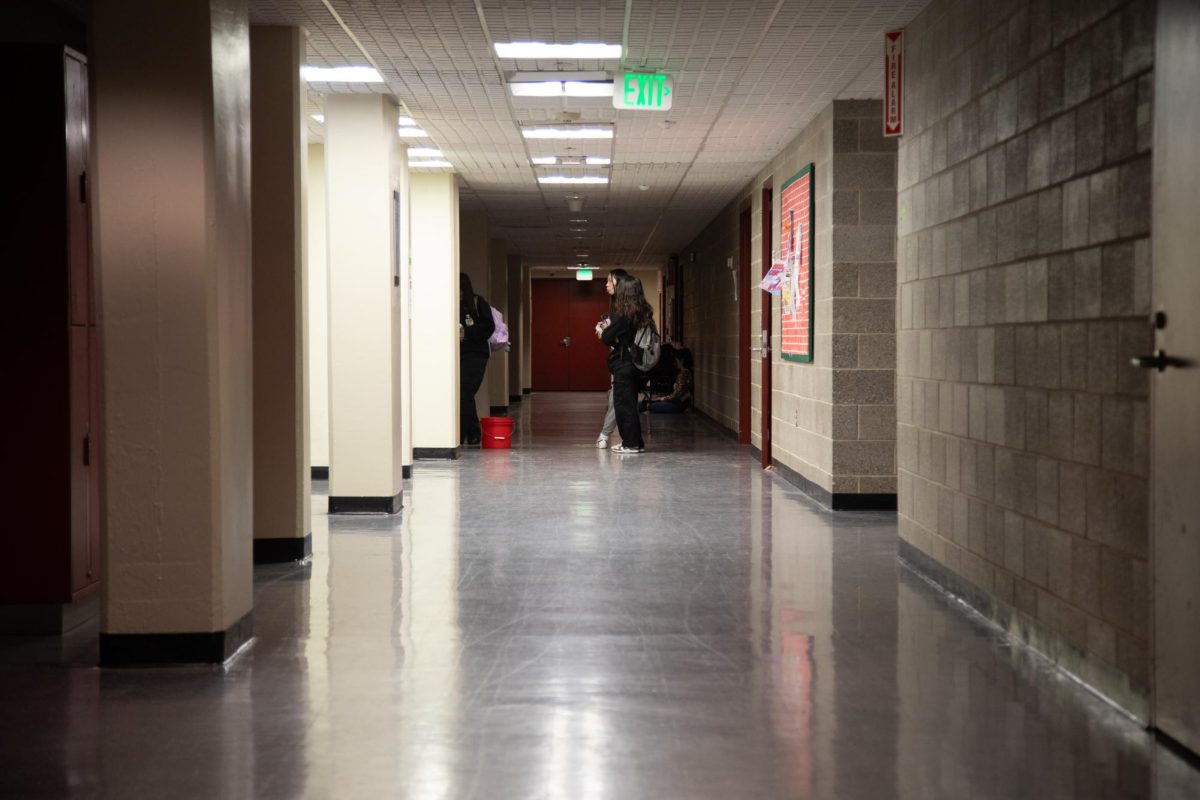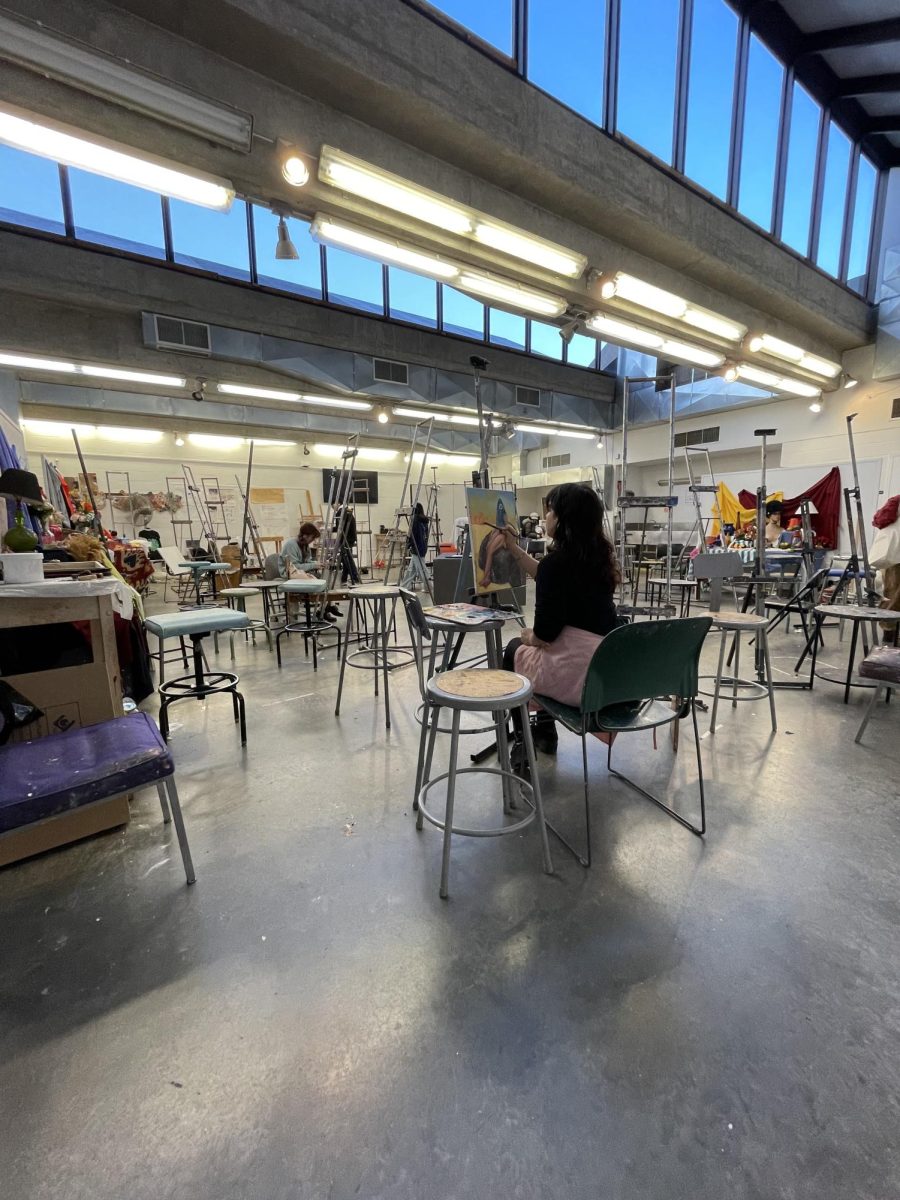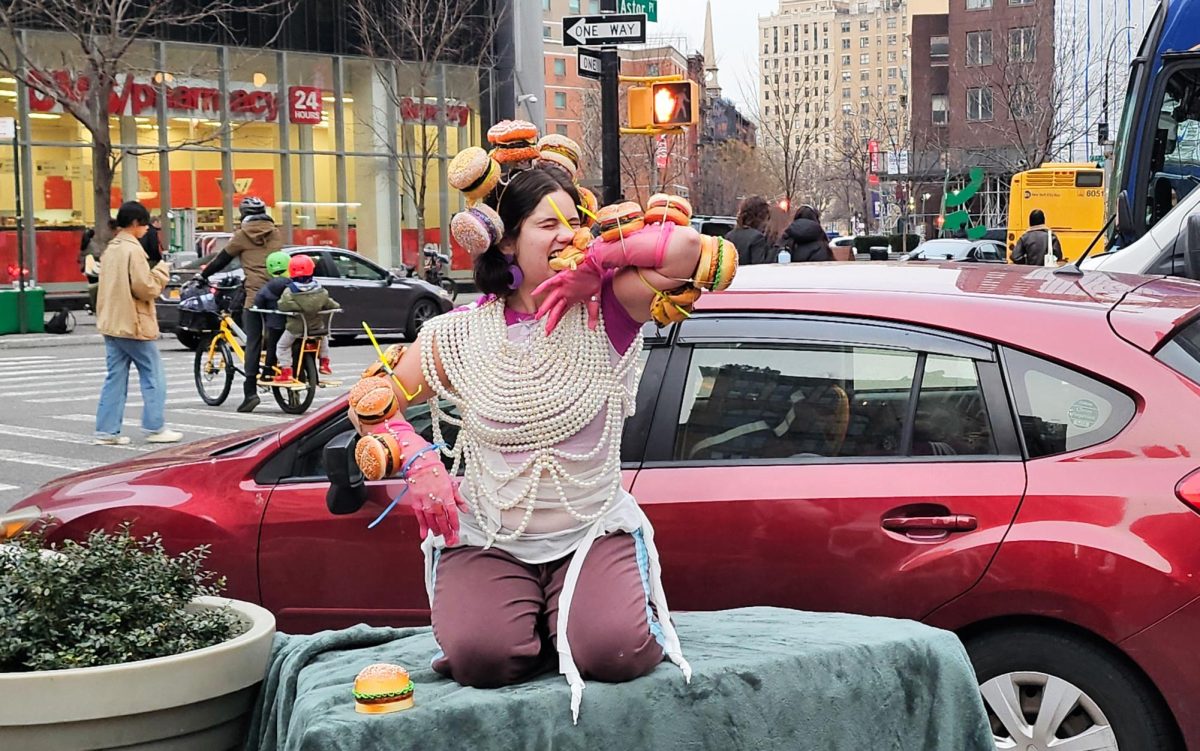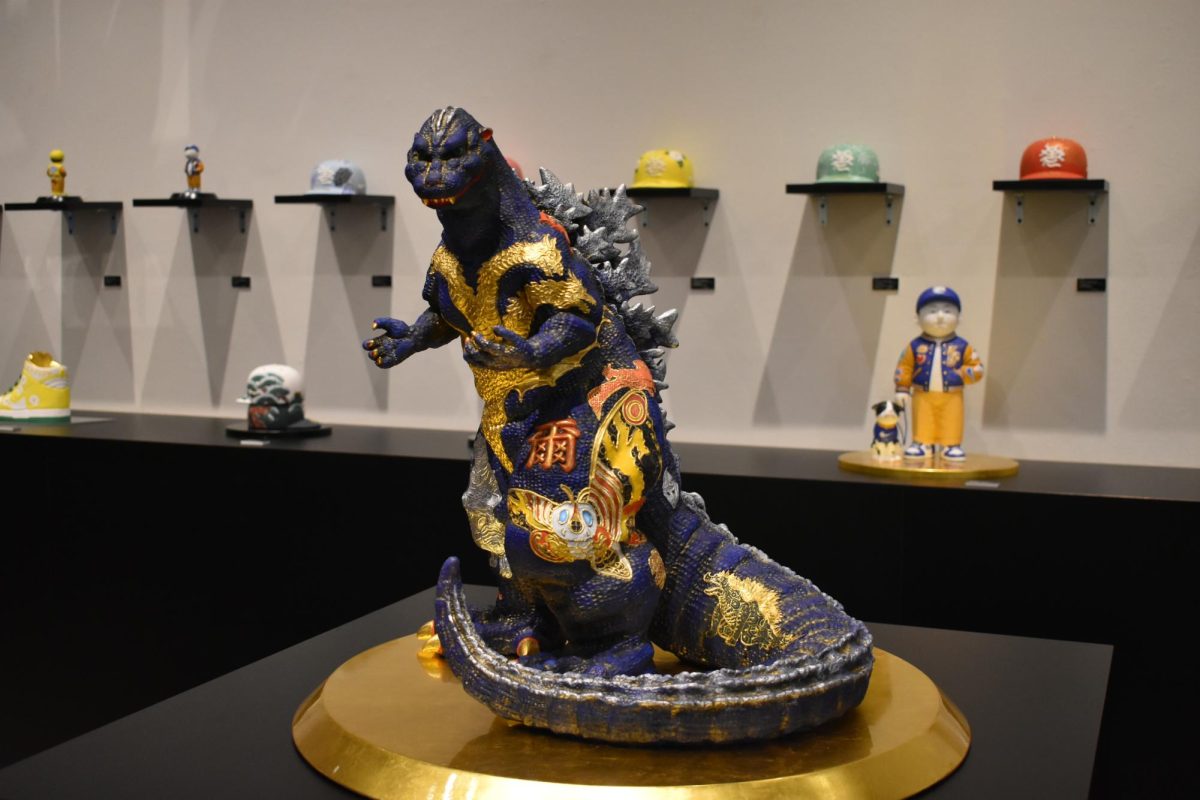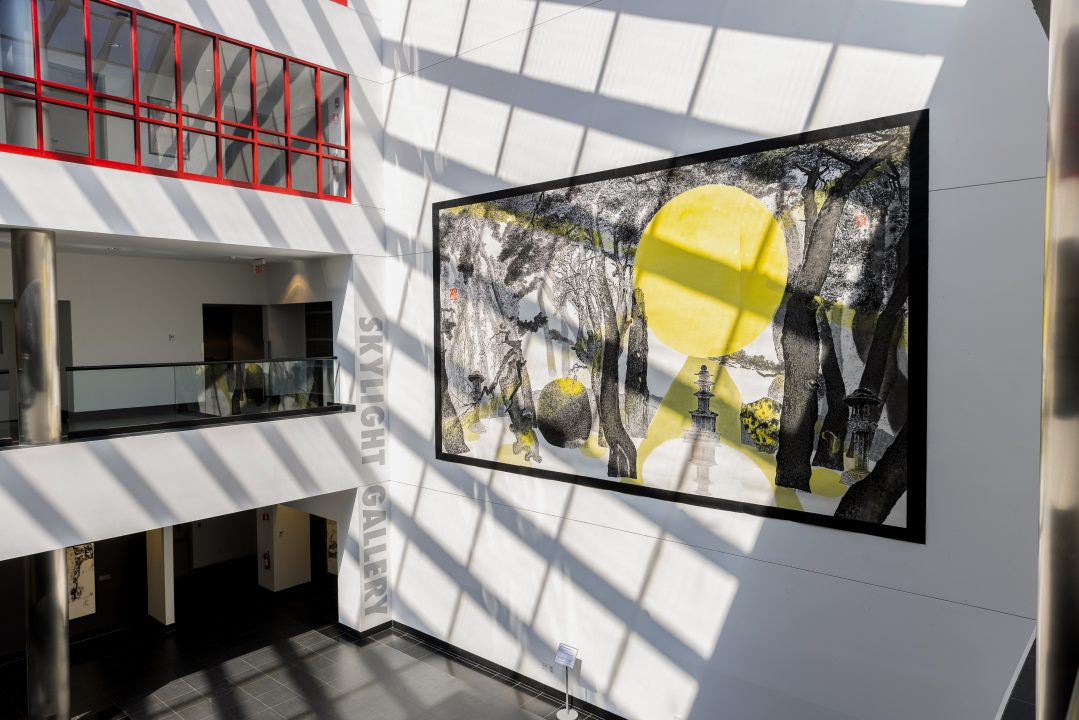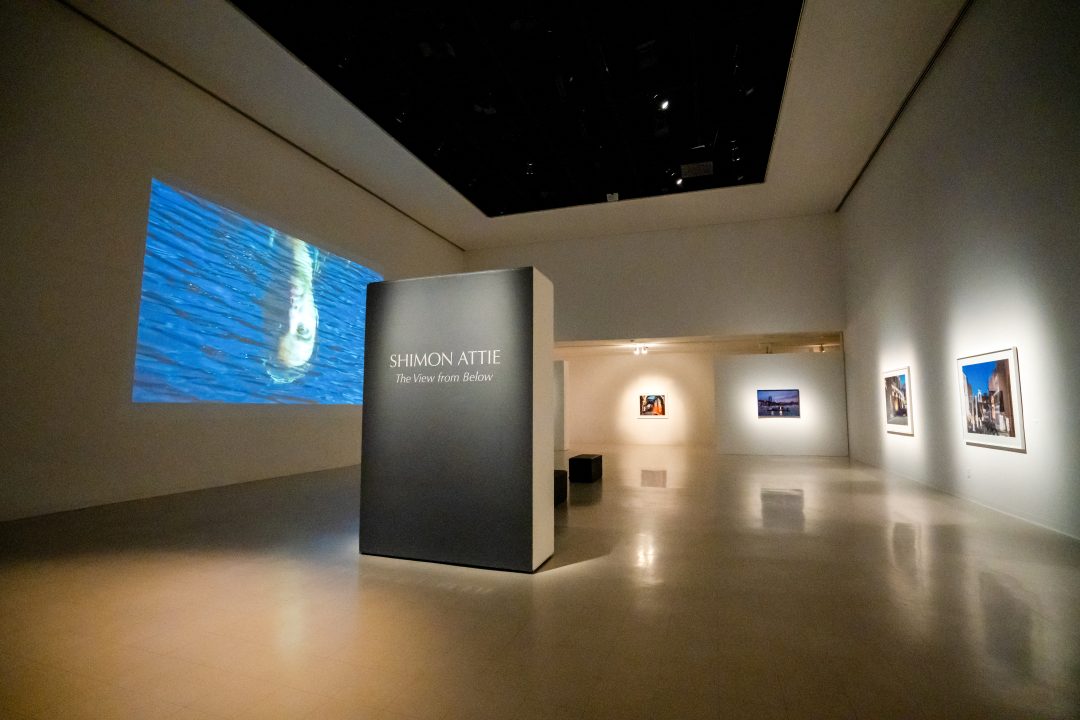
On April 10, the Paul W. Zuccaire Gallery held an environmentally themed presentation with guest artist Annemarie Waugh, whose work is currently on display at the Zuccaire Gallery in Four: MFA Thesis Exhibition 2021. It was followed by a presentation from Evan Joo, the Alumni Representative and Social Media Manager of Friends of Ashley Schiff Preserve.
Hidden in plain sight, the Ashley Schiff Preserve is the 26-acre nature preserve on Stony Brook University campus, named after a beloved political science Professor Ashley Schiff. Schiff joined the faculty in 1965 as an early conservationist and expert on the politics of forest management. He was extremely involved on campus outside the classroom. Schiff demonstrated his passion for conservation through instances such as when he allegedly chained himself to a threatened tree, the tallest conifer on campus at the time that was about to be toppled by a bulldozer. Schiff also helped prevent the erosion of Roth Pond by planting azaleas along its eroded banks alongside the students. Schiff passed unexpectedly in the fall of 1969, leaving a gap in the hearts of many on campus. Over five hundred students attended his funeral service.

On Nov. 19, 2020, the Ashley Schiff Preserve celebrated its 51st anniversary. Today it serves as a “living laboratory” and academic research site with many committed to making sure it stays a protected woodland.
Through an array of visual art, sculptures, poetry, paintings, text, interactive installations and humor, graduating MFA Studio Artist Annemarie Waugh illuminates environmental awareness and social concerns.
The Statesman interviewed Annemarie Waugh about her various inspirations for her art, the inspiration behind some of her paintings, sculptures and stories while also taking a deeper look on her focus behind bringing attention to social and environmental issues by collaborating with and utilizing nature.
The Statesman: When did you start creating art out of the environment?
Annemarie Waugh: When I lived in the city, I would go to Central Park which is a great park, and the urban environment is different and I was into the graffiti and the posters, the tattered walls. I walked all around the city and I loved it, but when I moved out here it’s different because you’ve got the beaches, the woods and nature [which] is really important.
The Statesman: What was the inspiration behind your project #Shucked?
Annemarie Waugh: It’s about the dying off of the Peconic bay scallops. 90% of them have died off, that was the fall of 2020, and thinking of now, that puts the numbers even worse. Because of rising water temperatures and pollution from runoffs, a lot of species are dying off; forests are being cut down, Long Island is growing in population. My whole thing about the woods was it’s especially relevant during COVID-19 that you need places to walk, and slowly we’ll be left with nothing. I know it’s a worldwide problem, rainforests, mahogany trees are being cut down, trees can be cut down in such a short amount of time and seeing the plastic world we live in, you can’t live without plastic even if you try hard to. It’s really sad and so that has been a big inspiration to a lot of my work.

The Statesman: Can you tell me more about the thought process behind The Developer’s Midnight Fantasy?
Annemarie Waugh: That’s all about how the forest is seemingly knocked down overnight and suddenly a new dorm, or a new car park, or McMansion, because here a lot of areas take the last bit of woods down and throw up a new big and ugly house. The Barking Mad, that’s a little sculpture, also a self-portrait. I’m barking mad in a way, but it was also, well I made it from things I found in nature, and the man-made, and they’re always fighting each other. The tree is kind of barking, and the pink is flagging tape used by construction sites. I use materials from nature with the plastic world, and the two of them are fighting each other. The Ivy league was a bit of a play on how schools like Harvard and Yale are Ivy league, and Stony Brook is a stony brook, and it was sort of a play on words. I got the idea of working with ivy, it’s a very invasive plant, and it’s kind of a nod to the architecture here at Stony Brook University, and a play in contrasting.

The Statesman: How did you come around to creating the Flower Power Association?
Annemarie Waugh: I wrote a story about the talking plants in my garden, and I sort of gave the ferns and the Rhododendron and the bunnies living here at the time a voice, and in the story, they couldn’t talk for a week because the neighbors sprayed pesticides. There is that problem in suburban landscapes, using toxic chemicals to keep lawns green and keeping away mosquitoes. I have a completely organic lawn but it has violets growing and dandelions, it’s not completely pristine, but at the same time I can lay on the grass in my lawn and I won’t get covered in chemicals. I often use humor as an entryway into talking about a subject like the Peconic bay scallops story. Lulu, the main character of the story for the scallops, is in a restaurant trying to order the scallops, and she doesn’t understand why she can’t get them, she thinks they’re saving them for some celebrity bash, and they just don’t exist. I just try to write stories that make you think about something. I don’t have answers, I’m not a scientist, I just can bring up the topic and hope that what I create might cause somebody to engage with it, or think about what they spray on their lawn, or think about what’s going in their water.

The Statesman: What was the CANvas Food Drive?
Annemarie Waugh: I decided during COVID-19, instead of spending money on art supplies, I’d spend money on food so I got in touch with Long Island Cares and the Stony Brook Food Pantry, and had a food drive outside my local Stop & Shop. I collected amazing amounts of food from the local community, and that was really good. In the gallery, I had to turn it into an art show. I’m British so I grew up with all these mad foodstuffs so I decided I’d make colorful labels with British food sayings so people would have something to read in the sculpture and you could go to the gallery, donate a can and pick the label you like and then put it in the show.

Annemarie Waugh: That was a mad project. All my life I’ve been a nail-biter, so I wrote a poem about nail-biting, then I researched nail polishes and the crazy names they had like The Tasmanian Devil Made Me Do It!, so I wrote it out in nail polish with the names I liked. Then I kind of made very graphic characters, because, well, nail polish stinks. It’s really bad for you, bad for the environment. Many manicurists are paid very little. At the same time a New York Times article came out which also got me thinking about the chemicals. Endocrine Disrupter is the name of one of the characters because the toxic chemicals can cause disruption; there’s a whole environmental thing about frogs. Again, I’m not a scientist, but it became kind of like an environmental thing but at first glance, you’re drawn in by the color and the characters. So that’s me trying to tackle serious subjects with humor to draw you in and hope it can make you think about things.





